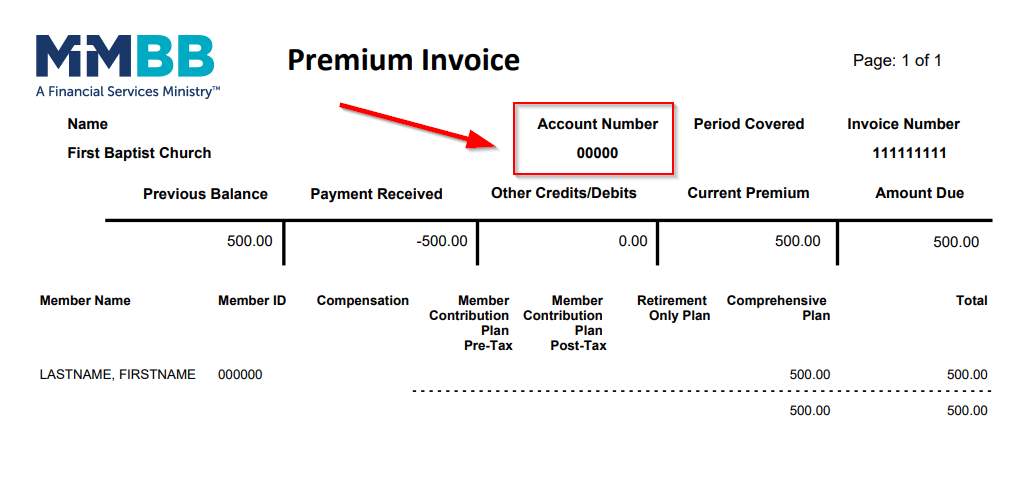Sending and Receiving Money is Now Faster and Cheaper
It was not so long ago that sending money required you to use Western Union if you wanted to deliver money quickly and safely. But as consumers embrace the cashless economy there is a proliferation of online apps and platforms that are convenient, free, or low cost, and offer relatively safe ways to send or receive cash almost instantaneously.
Known as Peer-to-Peer or P2P payment platforms, these apps allow you to send money to other people quickly, typically via email or cellphone for free or for a nominal fee. They are particularly useful when sending or receiving money from friends and family. Before you send money online, it’s a good idea to consider how you want to send it and where you are sending it because not all platforms may meet your needs. Below we consider some of the most popular apps and platforms and the pluses and minuses for each of them.
Zelle –one of the most popular methods in use, is fairly new to the payment scene, having just launched in 2017. Transfers from one account to another literally happen within minutes between bank accounts at two different institutions. Over 1000 U.S. banks are part of the Zelle network potentially connecting more than 100 million people.1
- Zelle is available as a standalone app, but most people use it through their bank’s mobile app or website. You will need to have an account at a U.S. bank in order to send or receive funds.
- Transactions are free, but some banks may charge a fee.
- Money is sent to a person’s mobile phone number or email address, however, most banks set a daily limit between $2500-$5,000.
- With Zelle the responsibility for protecting your money is with you. If your money is sent to the wrong party, you have little to no chance of retrieving it. Several banks now include a warning when using Zelle which requires your personal acknowledgement.
- One possible way to ensure your party will receive the funds is to send one dollar as a test and confirm they received it before sending the full amount.
PayPal - with more than 400 million active accounts, PayPal is considered to be the leading institution in the money transfer space. The platform allows individuals and businesses to sell and purchase goods online and also transfer money without having to share banking information.
- It's free to send money through PayPal when the funds are tied to a bank account, a linked debit card or funds in your PayPal account.
- However, transferring money to and from your bank account and PayPal account can take from one to five days, but you can pay 1.75% for an instant transfer. Transfers occur instantly with a linked debit card.
- While transferring funds domestically using a bank account or your PayPal balance is free, when using a credit card, debit card, or PayPal credit, the fee is 2.9% plus 30 cents.
- Live customer service is available by phone from 6 a.m. to 6 p.m. Pacific time or online via the message center when logged into your account.
Venmo – is a mobile app owned by PayPal designed for peer-to-peer money transfers and payments. Users can send or request money from other people with Venmo accounts.
- Venmo transfers are via the mobile app only. The desktop or mobile website is available to view transactions but cannot be used to send or request money.
- Your account needs to be linked to a U.S. bank account, credit card, debit card, or prepaid debit card.
- Transactions can only take place between senders and recipients in the U.S.
- Transfers linked to bank accounts, debit cards or prepaid debit cards are free. When linked to a credit card, there is a 3% fee per transaction.
- There is no fee if you cash out or withdraw money from a Venmo balance to a bank account but it can take one to three days. However, if you cash out a Venmo balance to a debit card, there is a 1.75% fee with a 25-cent minimum and $25 maximum for an instant transfer.
Google Pay – provides instant transfers to a debit card for fees that are usually lower than other P2P apps.
- Unlike PayPal and Venmo, you can transfer money for free using a QR code along with the recipient’s name, phone number or email address.
- You can send up to $5,000 every seven days.
- There is a 1.5% fee for instant cash outs to a debit card from the in-app wallet.
- However, users can cash out to a bank account for free and will need to allow one to five business days.
- Only bank accounts and debit cards can be used with transfers, credit cards and prepaid debit cards are not eligible.
Cash App - provides a few special features not offered by some of the other apps including, investing in stocks, getting special savings with certain merchants and restaurants, and buying and selling bitcoin.
- With Cash App, there is no charge for sending or receiving money from your linked bank account or debit card.
- If you create a $Cashtag or username, people will be able to find you more easily when sending you payments.
- Money that you receive will show up instantly in your CashApp balance but if you transfer the money to a bank account it will take one to three days to appear.
- Cash App limits you to sending and receiving $1,000 maximum over a 30-day period.
- You are eligible to receive a bonus when someone uses your referral link to sign up and sends at least $5 from a new account.
Learn more about each of these apps by visiting the App Store or Google Play on your mobile phone or their respective websites.
Finally, don’t forget that bank transfers can still be an excellent way to send cash, especially for large amounts of money.
Bank Wire Transfer – when you want to send $10,000 or more in cash, a bank transfer can be the fastest and most secure method. Typically, the funds are transferred from one bank to another within a few hours. Unlike many online apps, a bank transfer is still a transaction that requires bank personnel to be involved. Sending money via bank transfer will cost you--fees to send money typically run about $25 and to receive money you can expect to pay at least $15. But for large amounts of money, the cost is worth it.
Resources
1https://www.nerdwallet.com/article/banking/best-ways-to-send-money
https://www.investopedia.com/financial-edge/0411/7-low-cost-ways-to-transfer-money.aspx








 Next
Next


